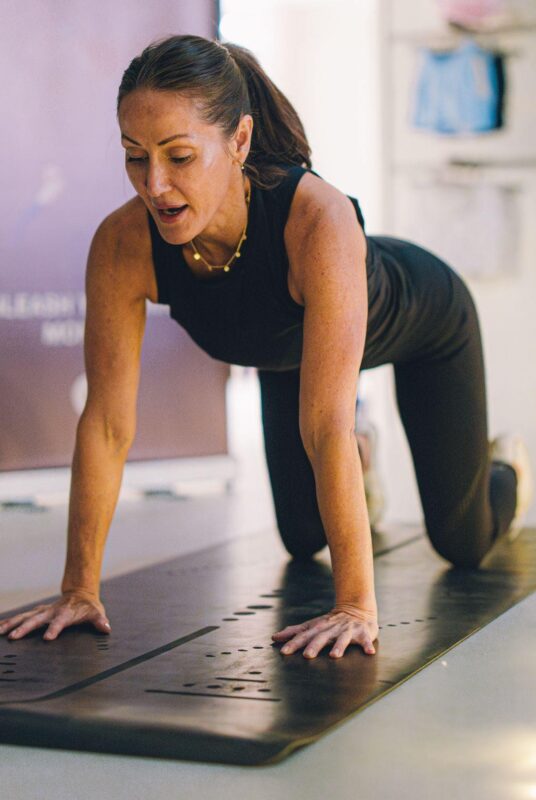From One Mum to Another: The Importance of Pelvic Floor Health
Hello, mamas! Today, I want to talk about something that might not be the usual chitchat in the playground, but it really should be: pelvic floor health. As a mother of three, I’ve discovered just how important this topic is after my 3rd baby with a desperate urge to get back to pre baby fitness I neglected this essential part of recovery.
Pelvic floor health is not only for our physical well-being but also for our confidence and quality of life. So, let’s dive into why pelvic health is so important and what we can do to improve it at any age.

Why Pelvic Health is So Important
First of all, let’s get real: our pelvic floor is sort of the unsung hero of our body. It’s made up of muscles and tissues that provide support to our bladder, uterus, and other pelvic organs. After giving birth, these muscles can become weakened, leading to issues like incontinence, back pain, or sexual discomfort or lack of enjoyment.
From personal experience, the changes after childbirth can be overwhelming. From working with hundreds of women I realized how this is a neglected area of fitness – Our pelvic floor takes on quite the challenge during pregnancy and childbirth, and we owe it some TLC.
Pelvic health is not just a postpartum issue. Women of all ages can benefit from understanding and maintaining it. Whether you’re planning on having kids, done with nappy’s , navigating menopause, or dealing with medial issues a strong pelvic floor is key to maintaining physical independence and preventing various health issues.
What We Can Do to Improve It at Any Age
1. Kegel Exercises:
Let’s start with the basics. Kegels are the holy grail of pelvic floor exercises. They help strengthen the muscles by contracting and releasing them, much like any other muscle workout. I usually sneak these into my daily routine—while brushing my teeth or driving the kids to school.
2. Yoga and Pilates:
These exercises aren’t just for flexibility and core strength; they can significantly improve pelvic floor health. Moves that emphasize core stability, like bridges or leg lifts, can work wonders. Plus, they’re a great way to start your day or unwind after a hectic day with the kids.
3. Posture Awareness:
My yoga teacher once told me, “Your pelvic floor is connected to your whole body posture.” And he’s so right! By simply being aware of how we sit, stand, and lift things—like our little darlings we can prevent strain and engage our pelvic muscles more effectively.
4. Consult a Specialist:
If you find yourself struggling with pelvic floor issues, don’t hesitate to consult a specialist. Pelvic floor physical therapists are fantastic resources. I learned transformative techniques and received personalized advice, which made a world of difference for me. If you are local – my go to for women’s health physio is the fantastic Sarah Norris from The Physiotherapy Centre (www.thephysiotherapycentre.com).
Remember, prioritizing our pelvic health is not just about us; it’s about being our best for the little people who depend on us too. So, to all the super mums out there, let’s make a pact to give our pelvic floor a little love. It’s never too late to start, and there’s no age limit on feeling strong and confident in our own bodies.
Empower April – Mums Pelvic Renewal Challange
This April, I’m inviting you to the ‘Empower April Mums Pelvic Renewal Challenge’.
Having worked with countless women dealing with lower back pain, incontinence, and sexual health issues, I know the difference these simple exercises can make.
Join me for the holy grail of pelvic exercises! Our easy-to-follow, bitesize sessions are perfect for fitting into your routine over the Easter holidays, no matter where you are.
Sign up today via the home page (all challenges are included in existing subscriber memberships).
Let’s uplift and empower together!
